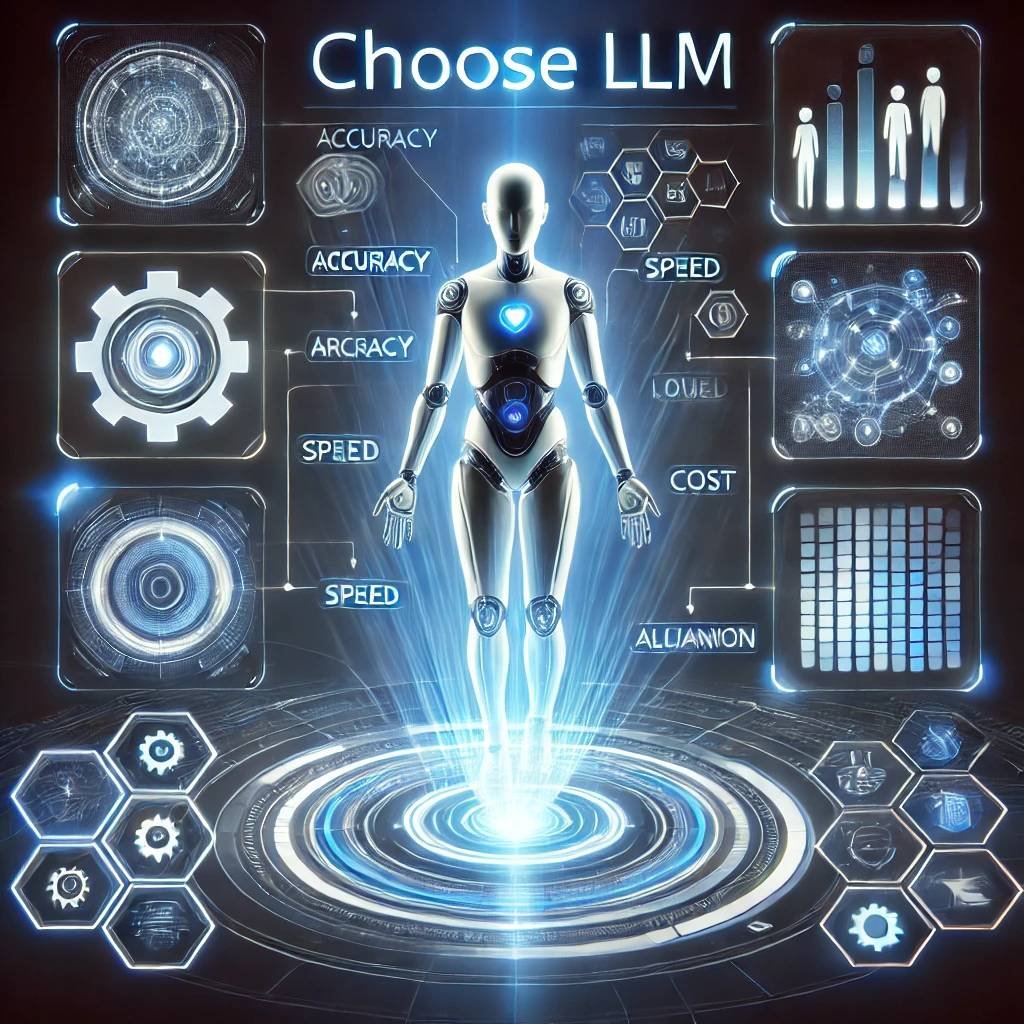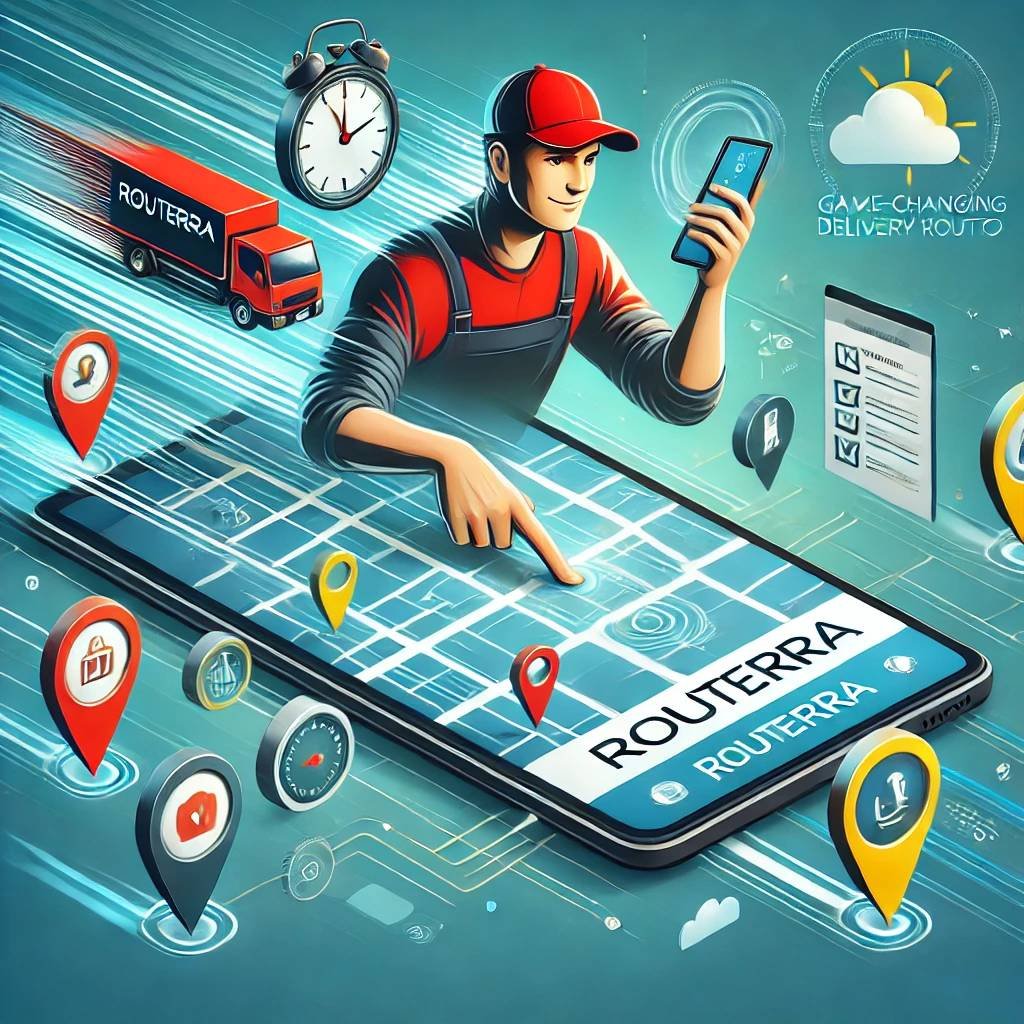Large Language Models: The Ultimate Self-Study Roadmap for Beginners (2025 Edition)
Are you fascinated by AI’s ability to write like a human, answer tough questions, or whip up stories in seconds? Curious about how tools like ChatGPT, Google Gemini, or Claude are reshaping the digital landscape—and eager to learn the magic behind them? If so, you’re not alone. The world is entering a golden age of large language models (LLMs), and there has never been a better (or more lucrative) time to dive in.
But let’s be real: the world of LLMs can feel overwhelming, especially if you’re just starting out. There’s jargon, math, and machine learning wizardry. Where do you even begin?
That’s exactly why I created this in-depth, step-by-step LLM self-study roadmap—to guide you from “LLM newbie” to confident practitioner, using proven resources, clear explanations, and zero fluff. Whether you want to break into AI careers, build your own language-powered apps, or just understand the tech shaping our future… this guide is your launchpad.
Let’s unravel the secrets of large language models—and help you join the AI revolution.
Why Learn Large Language Models Now?
Before we jump into the how, let’s quickly address the why. Why should you invest your time in mastering LLMs right now?
- Skyrocketing Demand: The global LLM market is projected to jump from $6.4 billion in 2024 to $36.1 billion by 2030 (a blistering 33.2% annual growth rate, according to Airia Enterprise AI). Companies everywhere are racing to integrate LLMs into products and workflows.
- Career Acceleration: AI talent is in short supply and high demand. Mastering LLMs opens doors to data science, software engineering, research, and even creative industries.
- Impact Potential: LLMs are more than buzzwords—they’re transforming how we search, create, communicate, and solve problems. From chatbots to content generation and intelligent search, the applications are endless.
Here’s why that matters: The earlier you start, the faster you’ll stand out in a booming field. 2025 is shaping up to be the year LLM skills become a must-have.
Step 1: Master the Fundamentals—Programming, Machine Learning, and NLP
Let’s build our foundation. Without these basics, the rest of the LLM journey will feel like trying to read a foreign language.
1.1. Programming (Python)
Why Python? It’s the lingua franca of AI and machine learning. Almost every LLM framework—from Hugging Face to TensorFlow—runs on Python.
Start here if you’re new: – Learn Python – Full Course for Beginners (YouTube) – Python Crash Course For Beginners (YouTube) – Book: Learn Python The Hard Way
Tip: Don’t get bogged down in advanced syntax. Focus on basic data types, loops, functions, and object-oriented programming.
1.2. Introduction to Machine Learning
Core Machine Learning Concepts: – Supervised vs. Unsupervised Learning – Regression, Classification, Clustering – Model Evaluation & Metrics
Top resource:
– Machine Learning by Andrew Ng (Coursera) (also available free on YouTube)
1.3. Natural Language Processing (NLP) Basics
LLMs are built on NLP foundations. Focus on: – Tokenization: How text is broken down for processing – Word Embeddings: Representing words as vectors – Attention Mechanisms: How models “focus” on relevant text parts
Recommended courses: – DeepLearning.AI Natural Language Processing Specialization (Coursera) – Stanford CS224n: NLP with Deep Learning (YouTube)
Step 2: Understand Large Language Model Architectures
Ready for the fun part? Let’s peek under the hood.
2.1. The Transformer Revolution
Transformers are the backbone of all modern LLMs, thanks to their ability to process language in parallel and grasp context over long text sequences.
Key concepts: – Self-Attention: Letting the model weigh which words matter most – Multi-Head Attention: Looking at text from multiple perspectives – Positional Encoding: Teaching the model word order
Start here: – The Illustrated Transformer (Blog) – Attention Is All You Need (Original Paper) – Transformers Explained – Yannic Kilcher (YouTube)
2.2. Major LLM Architectures
- GPT Series (decoder-only): Great for text generation, chatbots, and creative writing (GPT-3, GPT-4)
- BERT (encoder-only): Powerful for understanding text, classification, and question answering (BERT Paper)
- T5, BART (encoder-decoder): Flexible for a variety of NLP tasks (T5 Paper)
Practical tip: Use the Hugging Face Transformers library to explore and fine-tune these models easily.
2.3. Hands-On with Transformers
- Hugging Face Tutorial (2024) – Build a sentiment analysis model
- Fine-Tuning BERT for Text Classification (YouTube)
- Fine tuning gpt2 | Hugging Face | Chatbot (YouTube)
Step 3: Specialize in Large Language Models
Now that you’ve got the basics, it’s time to focus on the big leagues—true LLM expertise.
3.1. Deep Dive LLM Courses and Roadmaps
Top picks: – LLM University – Cohere (Perfect for both beginners and experienced pros) – Stanford CS324: Large Language Models – Maxime Labonne Guide – Princeton COS597G: Understanding Large Language Models
Why these matter: They blend theory, ethics, and hands-on labs, so you’ll build, deploy, and evaluate real LLMs.
3.2. Fine-Tuning and Optimization
Most real-world projects require you to adapt (fine-tune) LLMs for niche use-cases.
- LoRA and QLoRA: Techniques for efficient fine-tuning—make your models smarter without burning out your GPU.
- Finetune LLMs to teach them ANYTHING (YouTube)
Step 4: Build, Deploy & Operationalize LLM Applications
Here’s where theory meets reality. How do you use LLMs to build something cool—and get it running in the real world?
4.1. Application Development with LLMs
- LangChain: The go-to framework for chaining LLM-powered tasks (LangChain Docs)
- OpenAI API: Leverage powerful models via simple API calls (OpenAI Documentation)
- Hugging Face Inference API: For easy model deployment and integration
Step-by-step guides: – LangChain Crash Course For Beginners (YouTube) – LangChain Master Class 2024 (YouTube) – 20+ real-world use cases – OpenAI API Crash Course For Beginners (YouTube)
4.2. Local LLM Deployment
Not every project needs the cloud! – How to Deploy an LLM on Your Own Machine (YouTube) – Foundations of Local Large Language Models (Duke University)
4.3. LLMOps: Scaling, Monitoring, and Maintaining
Deploying LLMs at scale? Embrace LLMOps for robust, reliable AI applications. – LLMOps Instructional Video Series – Large Language Model Operations (LLMOps) Specialization (Duke University)
4.4. GitHub Repositories Worth Bookmarking
- Awesome-LLM: Curated LLM resources, papers, and tools
- Awesome-langchain: LangChain projects and extensions
Step 5: Retrieval-Augmented Generation (RAG) and Vector Databases
Ever wondered how some chatbots “know” about your PDFs, websites, or proprietary documents? Meet RAG—the secret sauce for knowledge-intensive AI.
5.1. What is Retrieval-Augmented Generation (RAG)?
Analogy: Think of a student who, before answering your question, quickly checks their notebook for relevant facts. That’s what RAG does—it combines information retrieved from external sources with model-generated text.
Why it matters:
– Reduces “hallucinations” (wrong answers)
– Makes LLMs more accurate and useful for custom data
5.2. The Role of Vector Databases
- Traditional search is like flipping through an index—vector search is like using a brain that understands meaning, not just keywords.
- Vector databases (like FAISS, ChromaDB) power efficient, semantic retrieval for RAG systems.
5.3. Resources to Get Hands-On
- Vector Database: Faiss – Introduction to Similarity Search (YouTube)
- Learn RAG From Scratch – Python AI Tutorial (YouTube)
- Introduction to Retrieval Augmented Generation (RAG) | Coursera
- HybridRAG: Ultimate RAG Engine – Knowledge Graphs + Vector Retrieval (YouTube)
Frameworks to explore:
– LlamaIndex
– LangChain RAG
5.4. Scaling RAG for Enterprise
- Distributed retrieval, caching, and latency reduction techniques for handling massive datasets (Google’s RAG research)
Step 6: Optimize LLM Inference for Real-World Efficiency
Here’s something most beginners overlook: even the smartest model isn’t much good if it’s too slow, too expensive, or too bulky for your needs.
6.1. Key Optimization Techniques
- Model Quantization: Shrink model size using 8-bit or 4-bit quantization (Intro to Quantization)
- Efficient Model Serving: Use frameworks like vLLM, Text Generation Inference, or DeepSpeed
- LoRA & QLoRA: Efficient fine-tuning methods for resource savings
- Batching & Caching: Speed up response times by processing multiple requests or storing answers
- On-Device Inference: Run LLMs on edge devices with ONNX or TensorRT
6.2. Tutorials to Get You There
- Efficiently Serving LLMs – Coursera
- Mastering LLM Inference Optimization: From Theory to Cost-Effective Deployment (YouTube)
- MIT 6.5940: TinyML and Efficient Deep Learning Computing
- LLama 2 Local CPU Inference (Colab Demo)
Bonus: Community & Continual Learning
LLMs are evolving at warp speed. Staying plugged into the right communities is your secret weapon:
Remember: Learning LLMs isn’t a sprint—it’s an ongoing journey. Don’t be afraid to ask questions, contribute to open-source projects, or share what you learn.
Frequently Asked Questions About Learning LLMs
What is a large language model (LLM)?
A large language model is a type of AI trained on massive amounts of text data to understand and generate natural language. LLMs like GPT-4 and BERT can answer questions, summarize texts, write stories, and more. For a deeper dive, check out OpenAI’s LLM overview.
Do I need a PhD to build with LLMs?
Nope! While advanced research may require deep math, most LLM development (fine-tuning, application building) is accessible with solid programming and ML foundations.
How much Python do I really need to know?
You should be comfortable with functions, loops, classes, and working with libraries like NumPy, Pandas, and PyTorch. You don’t need to be a Python guru, but basic proficiency is a must.
Can I run LLMs on my laptop?
Smaller or quantized models (like Llama 2 7B or Mistral 7B) can often run locally, especially with optimizations. For cutting-edge, large-scale models, cloud resources are usually needed.
Is it worth learning LLMOps?
Absolutely! As LLM applications scale, deploying, monitoring, and maintaining them (LLMOps) is a critical, in-demand skill—especially for enterprise and production-grade use cases.
What’s the difference between GPT and BERT?
- GPT is optimized for generating text (think chatbots, creative writing).
- BERT excels at understanding and classifying existing text (think search, Q&A).
How do I keep up with LLM advancements?
- Follow research blogs like The Gradient
- Subscribe to AI newsletters (Import AI, The Batch)
- Join communities and attend virtual AI meetups
Your Next Steps: Dive In and Build the Future
If you’ve made it this far, you already have what it takes to master large language models: curiosity, commitment, and a love for learning. The roadmap above isn’t just theory—it’s your action plan.
Here’s my advice:
Pick a step, dive into a resource, and start tinkering. Don’t worry about mastering everything at once. Every project, every experiment, takes you closer to AI fluency.
If you found this guide helpful, consider bookmarking it, sharing with a fellow AI enthusiast, or subscribing for more deep-dive tutorials. The future needs more builders like you—so let’s shape it together.
Ready to start your LLM journey? Drop your questions or progress below—let’s learn and build, together. 🚀
Discover more at InnoVirtuoso.com
I would love some feedback on my writing so if you have any, please don’t hesitate to leave a comment around here or in any platforms that is convenient for you.
For more on tech and other topics, explore InnoVirtuoso.com anytime. Subscribe to my newsletter and join our growing community—we’ll create something magical together. I promise, it’ll never be boring!
Stay updated with the latest news—subscribe to our newsletter today!
Thank you all—wishing you an amazing day ahead!
Read more related Articles at InnoVirtuoso
- How to Completely Turn Off Google AI on Your Android Phone
- The Best AI Jokes of the Month: February Edition
- Introducing SpoofDPI: Bypassing Deep Packet Inspection
- Getting Started with shadps4: Your Guide to the PlayStation 4 Emulator
- Sophos Pricing in 2025: A Guide to Intercept X Endpoint Protection
- The Essential Requirements for Augmented Reality: A Comprehensive Guide
- Harvard: A Legacy of Achievements and a Path Towards the Future
- Unlocking the Secrets of Prompt Engineering: 5 Must-Read Books That Will Revolutionize You







